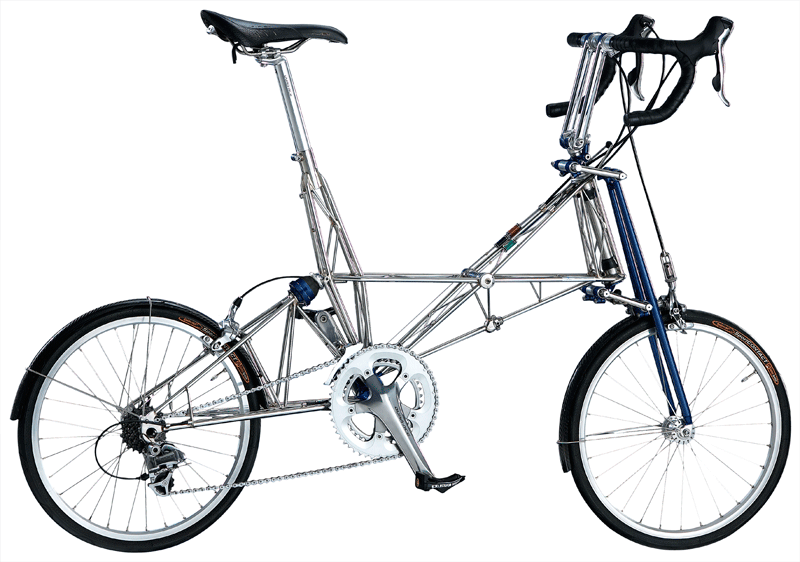D35: Embalse del Amadorio (Drive/Cycle)
I arrived at my new location, the Amadoria Reservoir, which is not too far from Benidorm, via a motorway service station. Where I was able to empty the "grey water tank" and toilet waste cassette and, fill up the fresh water tank. All for free (i.e., no need to visit a campsite where there is usually a fee!).
Sorry, but if you are not much into chat about gravel cycling you may wish to skip the next few sections
As a result I was a little late setting off on today's cycle, which included approximately half of the Alicante Iron Gravel Route. The full ride is about 114km with over 3,000m of climbing.
The first section of gravel, did not accord with what I imagined a gravel surface to be. Indeed I imagine most participants of the race would have thought likewise: See if you agree:

And here we see the lovely smooth road that I could have ridden up instead!

The main event of the day was the 11.4km, 764m gravel climb: average gradient 6%. A but, the first 6km has a gradient of about 3%. So, by the final 5km or so, the average gradient has risen to about 9% with ramps of about 18%. Indeed, one short steep, rougher stoned, section caused me to lose momentum and, as such, I had to walk about 100m or so before I could get going again.
However there were two fortuitous things to note about the route:
- The very steepest section, with gradients in excess of 20% was paved.
- The descent was also paved (oh was I pleased about that!).
I would also say that, typically, this 11.4km gravel segment was much more gravel like than the earlier one: Although there were times when the gravel stones were on the rather large size!
What have I learnt from the three gravel rides I've currently completed in Spain?
Firstly, try and avoid routes where the gradient is too steep. For me, with the gears on my bike and with my legs, ascending on the loose stuff at gradients of about 10% - 12% is getting towards the limit. The problem is that to maintain traction you need a smooth pedal stroke and/or weight over the back wheel. At a certain point, when the pedal stroke is no longer smooth, or you need to stand up to impart a greater force on the downward stroke of the pedal, the back wheel will lose traction and, as a result, unless a smooth stroke or the weight over the back wheel is restored quickly, forward motion will decrease and pretty rapidly you'll come to a stop (but hopefully you won't have fallen off the bike by this point!).
Secondly, I much prefer to ascend the rough and lose stuff than to descend on it. Primarily, this is because my bike handling skills aren't up to the task of descending on the lose/rough stuff at a speed that I'd like, which is at a fast, safe, controlled speed. I just end up frightening the life out of myself! Which ain't fun! So, slowly and cautiously on the rough/lose stuff it is for me.
Therefore, because both ascents and descents are much slower on these surfaces, when compared to riding on the road, I need to be mindful of this when planning routes with a higher percentage of gravel. Today, I did return to the van later than I anticipated.
Also, when planning these gravel routes be careful not to send yourself down very steep ramblers' paths; as I did previously on a ride out of Valencia (which added about one and half hours to the day!)
One last thing, from my previous experience on the "Vias Verde" (old Spanish railway lines transformed in to gravel walking/cycling/horsing routes) I don't think the foregoing applies because the gradients are typically quite shallow.
That's it, gravel chat over!
I arrived at Puerto Benifallim to discover I'd reached the highest point of my current Spanish cycling rides to date. However, since I'd ridden up to this point, primarily, on gravel it was not q recognised route with kilometre markers showing distance to go and, maximum and average gradients for the next kilometre. I only encountered the last three km markers! Accordingly, perhaps, the purists would churlishly say that my achievement was not valid!

Approximately 10 kilometres later I discovered I'd reached the highest point of my current Spanish cycling rides to date. Again, not by a recognised route! However, I did encounter snow and ice on the roads to get to this point from my earlier high point!

From that point onwards, it was effectively all downhill, and was I pleased about that! Although I was a we bit cold on its completion! From summit to base camp there was about a 3°C temperature difference.
- Distance driven: 16 miles
- Distance cycled: 82km
- Weather: 2°C 8am, warm sunny an, increasingly cloudy pm: Chilly descent!
- Location: Google Maps
Today's ride:
